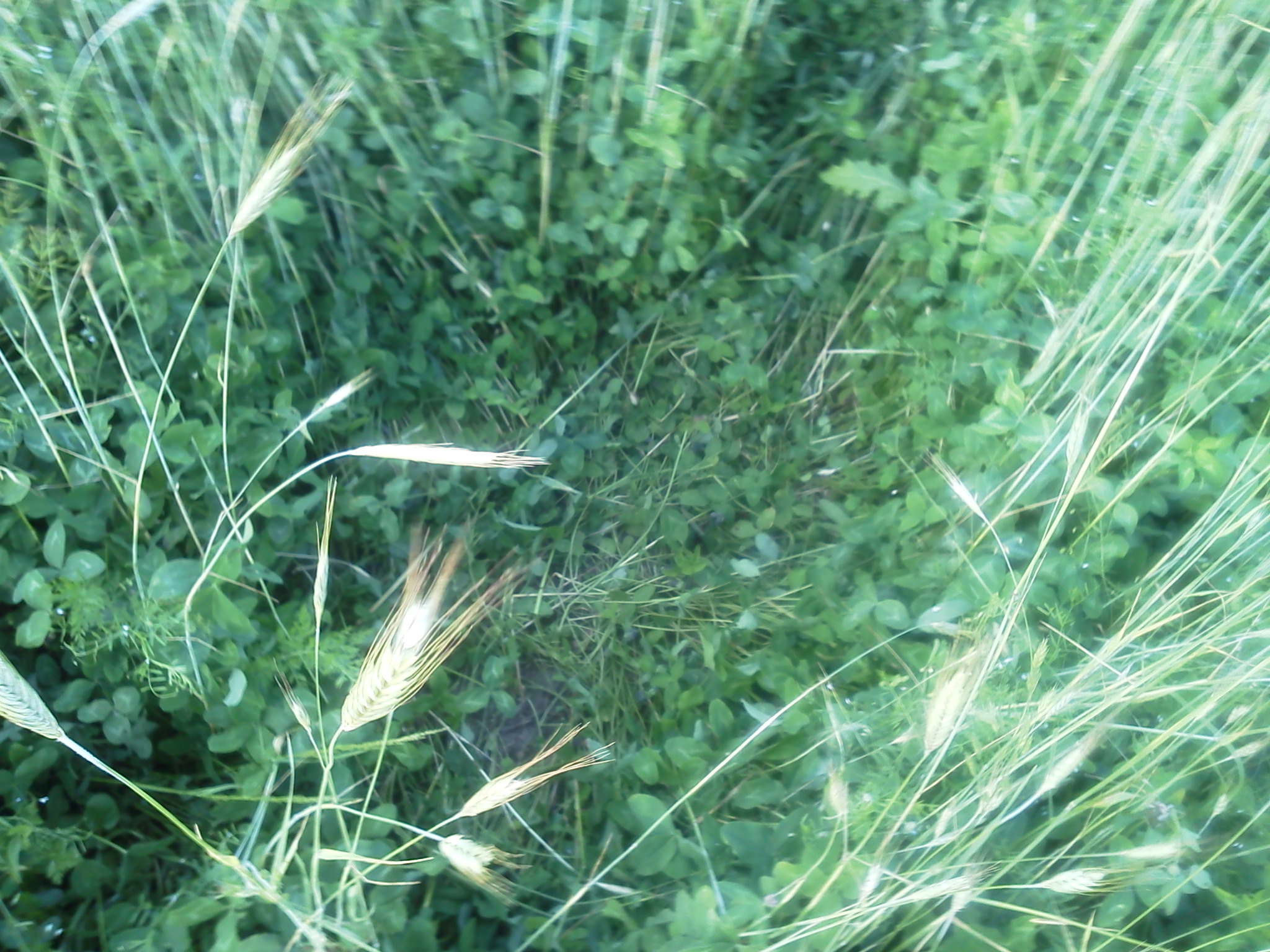Thanks guys. I guess my main question was why do foodplotters not plant MRC at the "ideal" times. From what I've read, most farmers/ranchers frost seed it into small grains or as part of pasture/hay field renovation.
Food plotting is not farming. While some of the techniques farmers use to achieve their objectives my work for us, because our objectives are usually very different from farmers, often the techniques we employ are quite different. That can also be true within food plotting. Someone planting larger acreage trying to do QDM may have different goals and objectives than someone planting on a small 20 acre parcel to improve hunting.
Clover fixes N into the soil and small grains consume N from the soil. Because clover does not interfere with harvesting small grains, a farmer can reduce the amount of N he needs to add to the field. Similar thing for pasture renovation. Grasses consume N and legumes (clover) adds N.
Different food plotters may have different objectives from each other. In my case, I'm attempting to do QDM. I'm in an area where summer is a slightly higher stress period than winter. So, I plant warm season annuals for summer. Come fall, they no longer have what my deer need. So, I typically T&M a cover crop in the fall. I like a Winter Rye/Crimson Clover/Purple Top Turnip mix in general for my area. Every few year, I will decide to "rest" one of these feeding plots and take it out of the rotation for a couple years. Medium Red clover is ideal for that. I simply replace the Crimson Clover in my mix with MRC. The following spring, I don't plant it and the MRC takes over the field. After 2 or 3 years, the MRC stops producing well and I'll plant buckwheat in the spring and then go back to my normal rotation the following fall.
Other food plotters may be planting it for different reasons than me.
In general I find some big differences between food plotting and farming:
- We don't harvest. Most of what we plan that is consumed goes through the digestive tract of a deer and ends up back in the plot. Also, because we don't harvest, we don't need to worry about harvest equipment. This lets us plant a much wider variety of mixes of complementary crops.
- Anything other than what a farmer plants is a weed. For a food plotter, much of what we don't plant that grows in our fields is good deer food.
- Farmers are driven by the economics of production cost verses crop value. The generally plant to maximize yield. For most food plotters, yield is not a primary concern. The guy with a 20 acre parcel is not going to impact the herd in a measurable way but he can improve hunting by adding food plots in some cases. Yield is not important, but selecting crops that are sufficiently attractive but have sufficient browse tolerance for a small plot are much more important than yield for his success. For folks like me doing QDM, we are not trying to get deer to use our plots. We are trying to fill the gaps in nature to ensure there is quality food available during stress periods when nature is stingy. When conditions are good, many native foods are as or more nutritious than what we plant. As long as there is some quality food left in the plot after the stress period we were trying to cover, we have sufficient yield.
As a result of these differences, food plotters can focus on soil health and sustainability using different techniques than many farmers and provide quality food to deer at a much lower cost. This allows more time and resources to be applied to other high impact habitat improvements like timber management.
Thanks,
Jack


